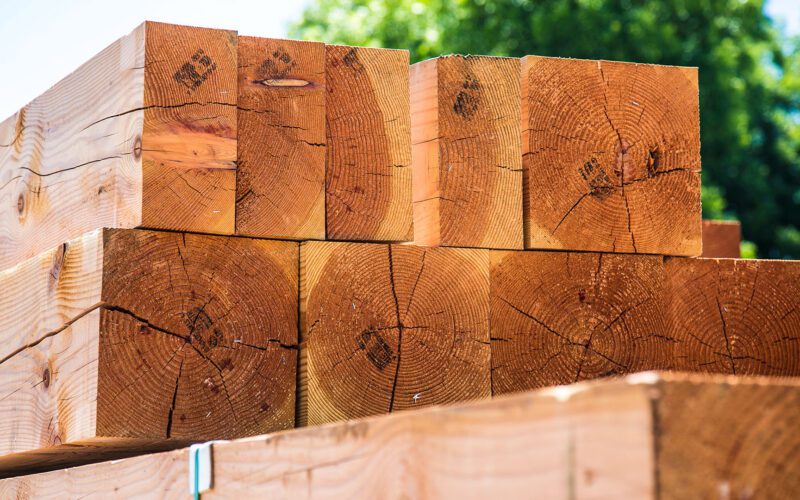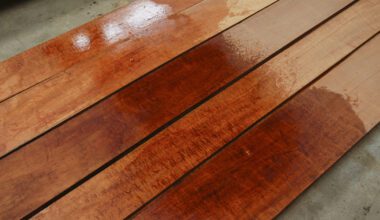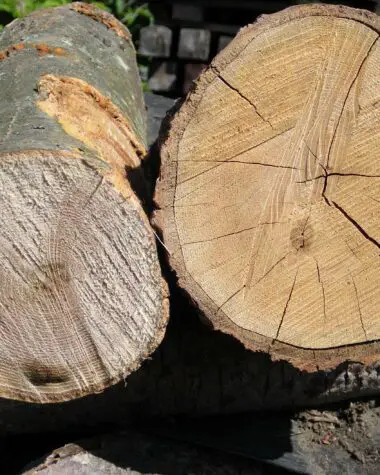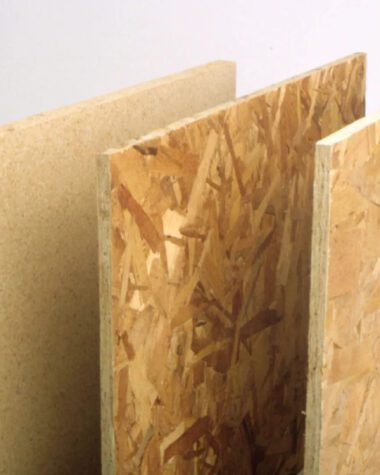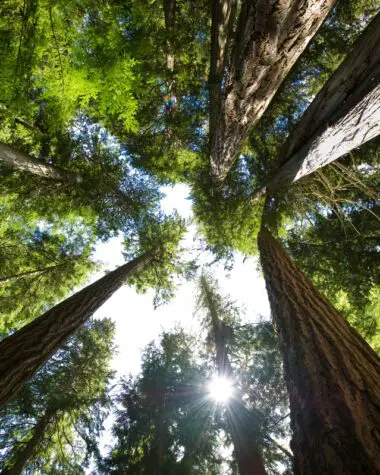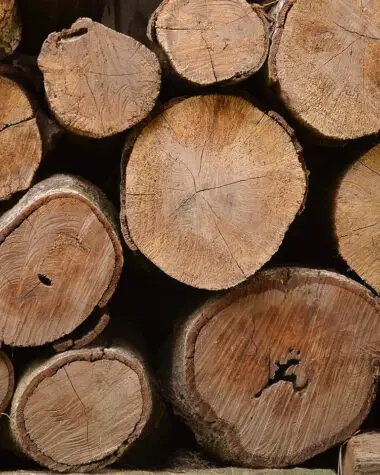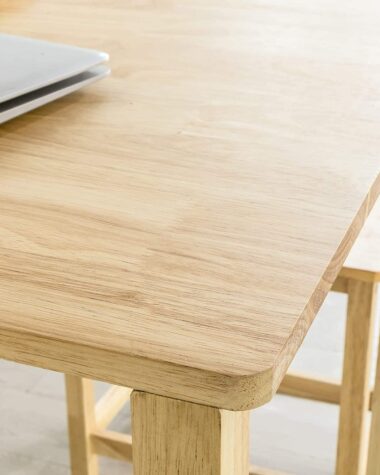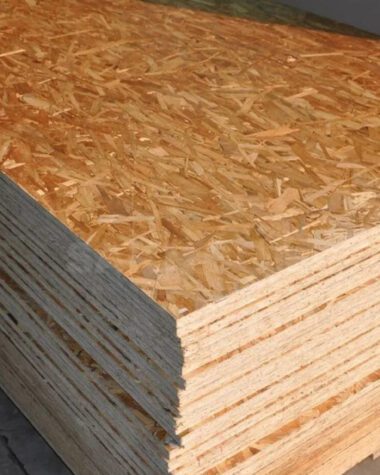Douglas-fir is one of North America’s most dominant types of softwood. Due to this, it has been used for numerous purposes. It is versatile, tough, and competitive in terms of longevity. So, if you want a good combination of wood quality, Douglas-fir should be included in your options.
To help you decide, I prepared most of the information you should know about this softwood in this article. Let’s see how much confidence you will earn after knowing its properties and uses that can contribute to the success of your future projects.
Properties of Douglas-fir
Because of its distinct wood properties, Douglas-fir wood is one of the most popular softwood woods preferred by builders. Let’s take a look at its specific wood properties to justify this claim.
Color
Depending on where the wood is located inside the tree, Douglas-fir wood has a variety of colors. For instance, the color of its sapwood is pale brown to white. Meanwhile, the wood close to the tree’s heart, or heartwood, is reddish. Once Douglas-fir wood is exposed to sunlight, its color will change and turn more muted and gray.
Read: Sapwood vs. Heartwood
Durability and Resistance
Like all conifers, Douglas-fir is a softwood with a lower hardness rating than many other types of wood, including hardwoods like cherry and maple. However, it is stronger and more resilient when compared to other softwoods, such as some varieties of pine. According to Sustainable Lumber Co., of all the woods, it has the highest strength-to-weight ratio.
In terms of its resistance, the Douglas-fir tree is refractory. This property refers to the natural ability of Douglas-fir to survive deterioration for a longer time and moisture resistance, as proved by the study from Forest Research.
Odor
During work, Douglas-fir has a distinct, resinous fragrance.
Workability
Normally, Douglas-fir handles machinery well. However, it has a slight blunting effect on cutters. Additionally, it readily works well in finishes, glues, and stains.
Grain Structure
Although there is a tendency for a wavy or spiral grain, Douglas-fir wood typically has a straight grain.
Uses of Douglas-fir
Despite being a softwood, it has qualities that allow it to be useful for applications typically meant for hardwoods. Significantly, it has an unassailable advantage over its rivals due to its high adaptability. Additionally, Douglas-fir is incredibly durable and long-lasting. In this section, let’s focus on the top applications for Douglas-fir.
Aircraft making
One of Doug-most fir’s most popular uses is in manufacturing aircraft. The wood is resistant to weather and environmental effects since it is dimensionally stable.
In contrast to some wood species, Doug-fir does a fantastic job of maintaining its shape and hardly expands during bright days or contracts during cold ones. This is a key factor when choosing the type of wood to employ in the construction of airplanes.
Marine Transportation
Doug-fir resists bending because of its remarkable strength. Relative to this, this wood has been used as a material for making boats. Additionally, if not the only wood utilized in the construction of wooden ships, notably the minesweepers used by the US Navy, was Douglas-fir. In this case, the dimensional stability of Douglas-fir is just as important as its strength.
Trim and Joinery
Moldings, mantelpieces, window cases, window sills, baseboards, and stair risers come to mind when we talk about trim and joinery. The finishing of a house is made up of all of these, which should always come with beauty.
Fortunately, Douglas-fir looks natural and fits the requirements of trim and joinery. As a result of flair finishing, its smooth texture after finishing makes it a good candidate for both painting and priming.
Flooring
Among other wood types, the main characteristic of Douglas-fir is resilience. It is extremely shade-intolerant while growing. As a result, it prunes its limbs, which causes the fibers to grow longer and more straight.
Furthermore, Douglas-fir is extremely durable and impact-resistant. Thus, it is the ideal material for flooring because of its strength. It provides the same results for heavy-duty floors.
More About Douglas-fir
David Douglas, a Scottish naturalist, discovered the Douglas tree on Vancouver Island. As the name suggests, he was the one who gave the name “Douglas-fir.” He sent the seeds back to his native country, where they germinated and became one of the UK’s fastest-growing trees. Other countries where you can locate it include Australia, New Zealand, and South Africa.
Both animals and people can benefit from the Douglas-fir tree. Numerous animals find shelter and food in old-growth Douglas-fir woods. Although some Douglas fir trees are 1,300 years old, the average lifespan of this tree is about 500 years.
Other Wood Types You May Be Interested In
Below are other softwood types that you may be interested in.
Wrapping Up
How much confidence did you earn from the information above? Douglas-fir wood could be your next choice in your next building project. This wood might not be close to being one of the toughest, but it has the highest weight-to-strength ratio among them. It can be bent, making it a great building material.
